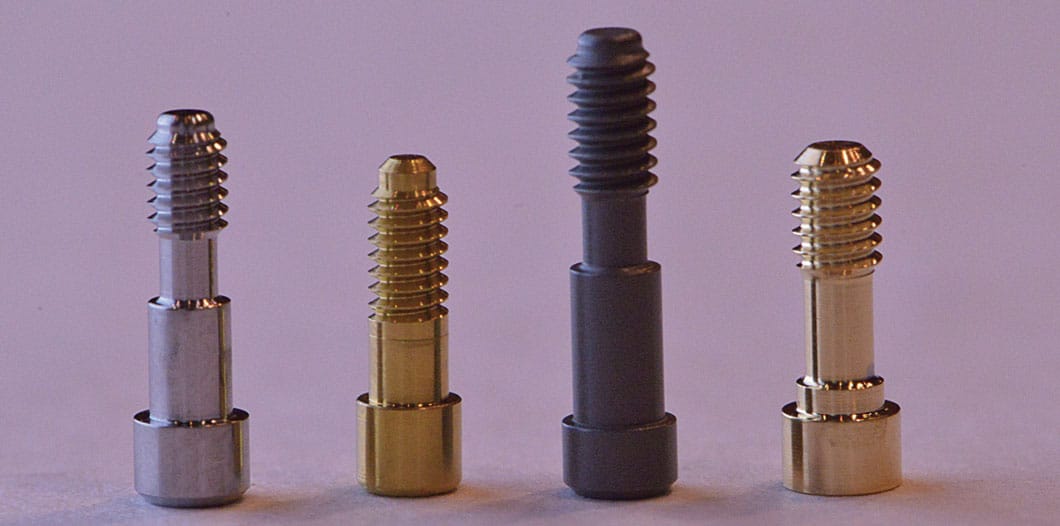Reducing the Risk of Implant-Abutment Screw Loosening
By Chandur Wadhwani, BDS,MSD
Key take aways from this article
- Loosening of the implant/abutment (IA) screw is a common complication in implant dentistry.
- Issues can range from a straightforward fix, such as retightening the screw, to catastrophic failure and breakage of the joint components.
- The risk of screw loosening can be greatly reduced by understanding how the screw system works.
- Using appropriate materials (i.e., components) and tools is crucial.
- Regularly monitoring the implant restoration allows clinicians to mitigate the forces that act upon it.
- Three common reasons for screw loosening involve operator error, mechanical misfit, and biological changes within the patient’s stomatological system.
- When tightening screws, torque-limiting devices are essential to achieving the manufacturer-specified torque value.
- Torque wrenches must be used and maintained correctly to ensure correct screw torque.
- The screw’s surface coating dictates the proper screw tightening protocol.
- Implant restorative occlusal surfaces should be designed with the aim of transmitting force through the long axis of the screw whenever possible to mitigate IA screw loosening.
- To minimize tooth movement — and thus reduce the risk of screw loosening — clinicians may wish to provide patients with a nightguard.
- With sufficient knowledge and prudent clinical practice, the risk of IA screw loosening can be minimized.
To read the full article please click the link https://decisionsindentistry.com/article/reducing-risk-implant-abutment-screw-loosening/
